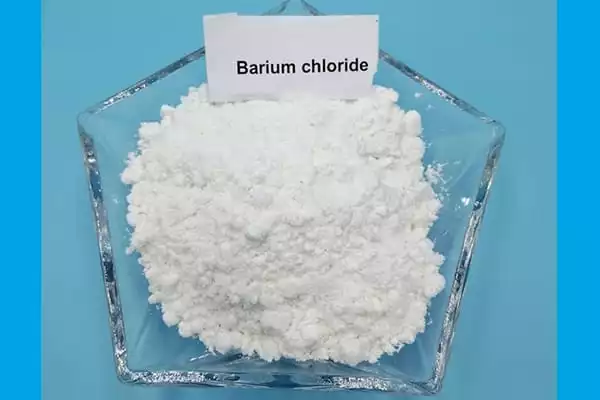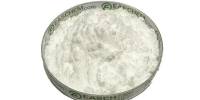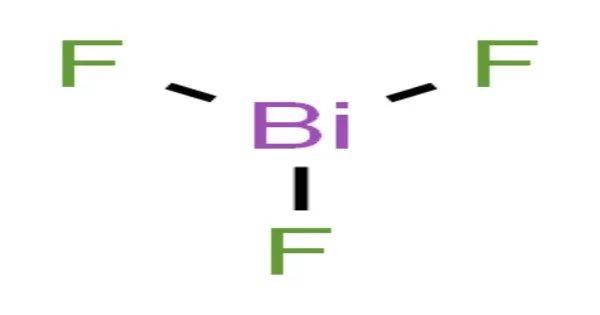Barium chloride, also known as BaCl2, is an inorganic compound with the formula BaCl2. It appears in the form of white crystals. It is one of the most common water-soluble barium salts. It is white, highly toxic, and gives a yellow-green color to a flame, like most other water-soluble barium salts. It is a white solid that is water-soluble, hygroscopic, and gives a flame a slight yellow-green color. It is also hygroscopic, initially converting to the dihydrate BaCl2(H2O)2.
Barium salts are widely used in industry. The sulfate is found in white paints, particularly those intended for outdoor use. In nature, barium chloride is poisonous. It has limited applications in the laboratory and industry.
Properties
Water dissolves barium chloride quite well (as is the case with most ionic salts). In its dissolved state, it is known to dissociate into barium cations and chloride anions. At 200C, the solubility of barium chloride in water is approximately 358 grams per liter. However, the solubility of this compound in water varies with temperature.
- Molecular Weight: 208.23 g/mol (anhydrous)
- Density: 3.856 g/cm3 (anhydrous)
- Melting Point: 962 °C
- Boiling point: 1,560 °C

Structure
BaCl2 crystallizes in two different forms (polymorphs). The cubic fluorite (CaF2) structure dominates one form, while the orthorhombic cotunnite (PbCl) structure dominates the other. Both polymorphs accommodate the large Ba2+ ion’s preference for coordination numbers greater than six. In the fluorite structure, the coordination of Ba2+ is 8 and in the cotunnite structure, it is 9.
In an aqueous solution, BaCl2 behaves as a simple salt; in water, it is a 1:2 electrolyte with a neutral pH. Its solutions react with the ion sulfate to form a thick white precipitate of barium sulfate.
Ba2+ + SO42- → BaSO4
Oxalate effects a similar reaction:
Ba2+ + C2O42- → BaC2O4
When it is mixed with sodium hydroxide, it gives the dihydroxide, which is moderately soluble in water.
Preparation
On an industrial scale, it is prepared via a two-step process from barite (barium sulfate):
BaSO4 + 4 C → BaS + 4 CO
This first step requires high temperatures.
BaS + 2 HCl → BaCl2 + H2S
In place of HCl, chlorine can be used.
In theory, barium chloride can be made from barium hydroxide or barium carbonate. Hydrated barium chloride is formed when these basic salts react with hydrochloric acid.
Uses
Despite its low cost, barium chloride has few applications in the laboratory and industry. In industry, barium chloride is primarily used in the purification of brine solution in caustic chlorine plants, as well as in the production of heat treatment salts and steel case hardening.
Wastewater treatment, the production of PVC stabilizers, oil lubricants, barium chromate, and barium fluoride all use barium chloride dihydrate. Barium Chloride is widely used in laboratories because it is a cheap, soluble salt of barium. It is commonly used as a sulfate ion test.
In industry, Barium Chloride is primarily used in the purification of brine solution in caustic chlorine plants, as well as in the production of heat treatment salts, case hardening of steel, pigment production, and the production of other barium salts. It is also used to produce a bright green color in fireworks. Its toxicity, however, limits its applicability.
















